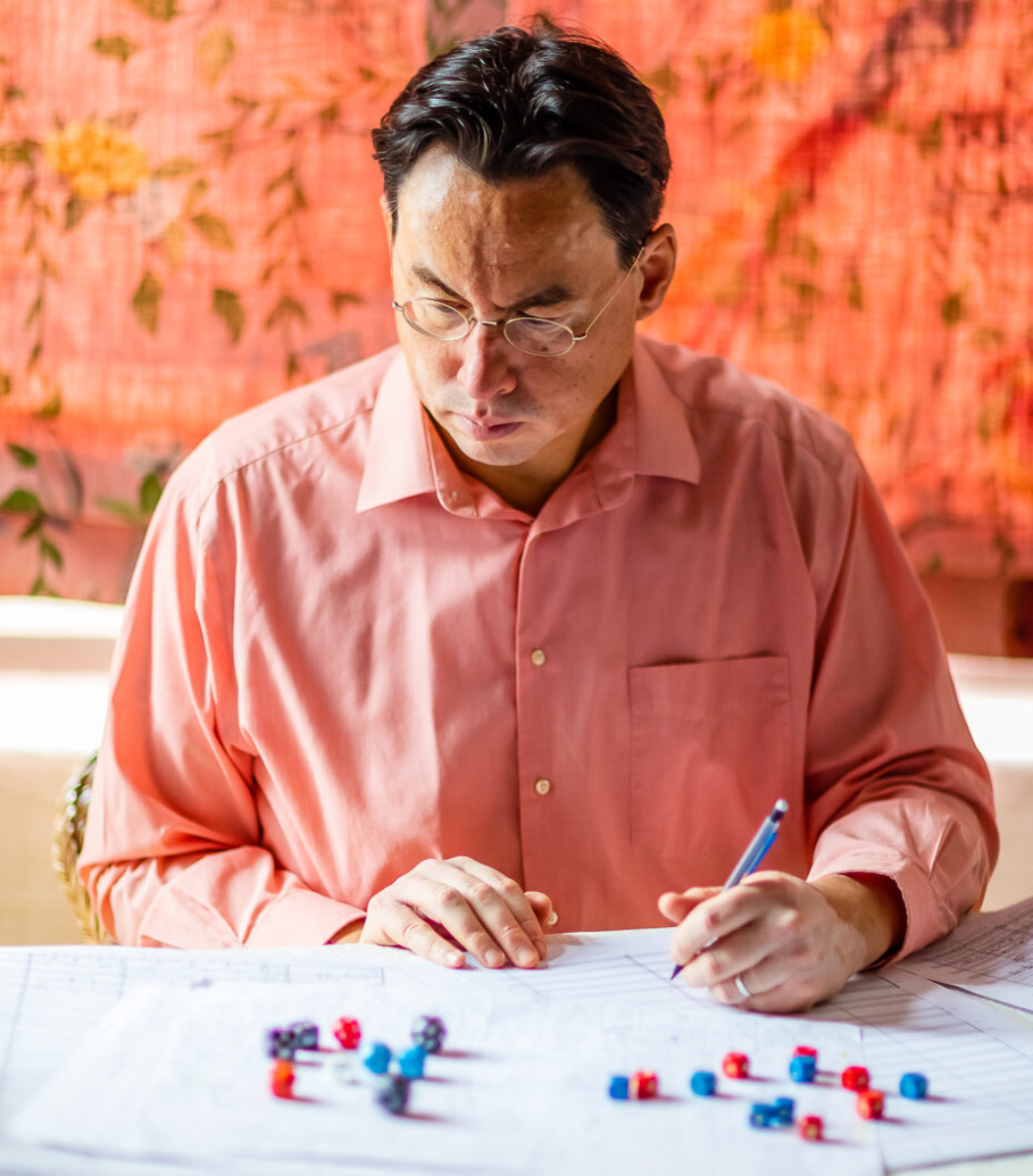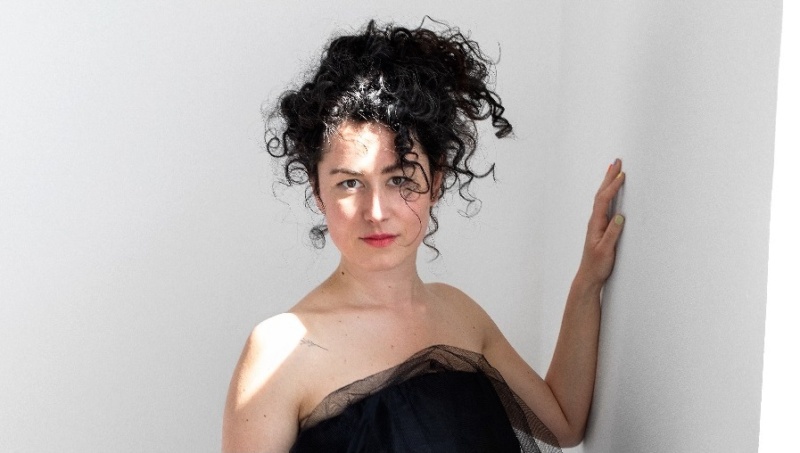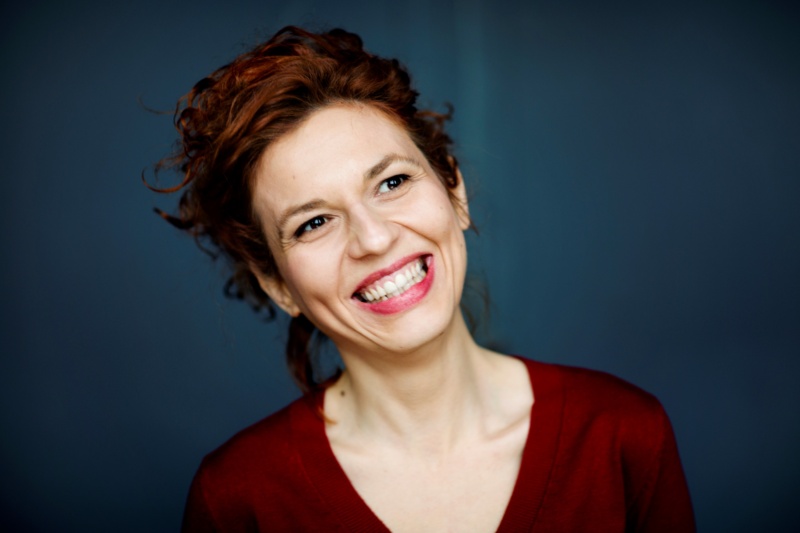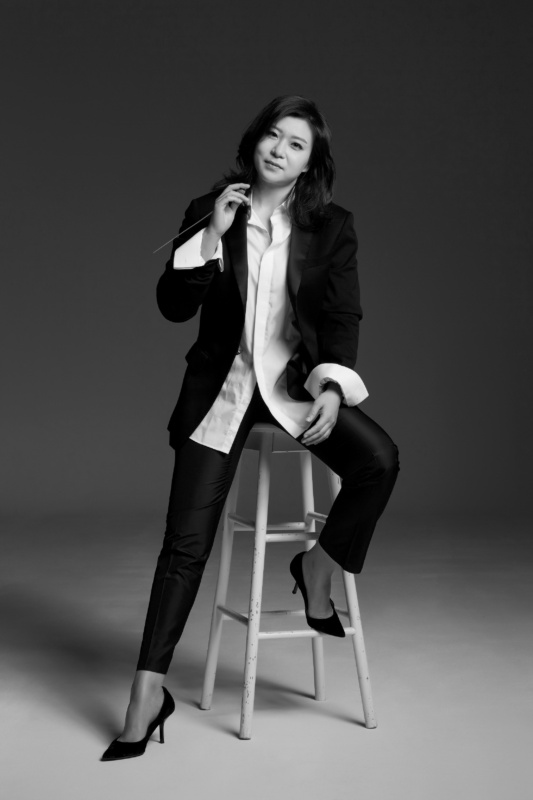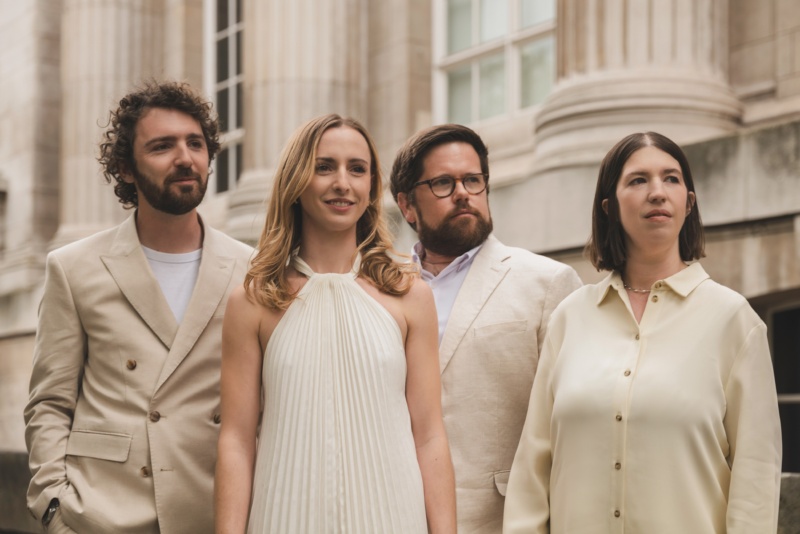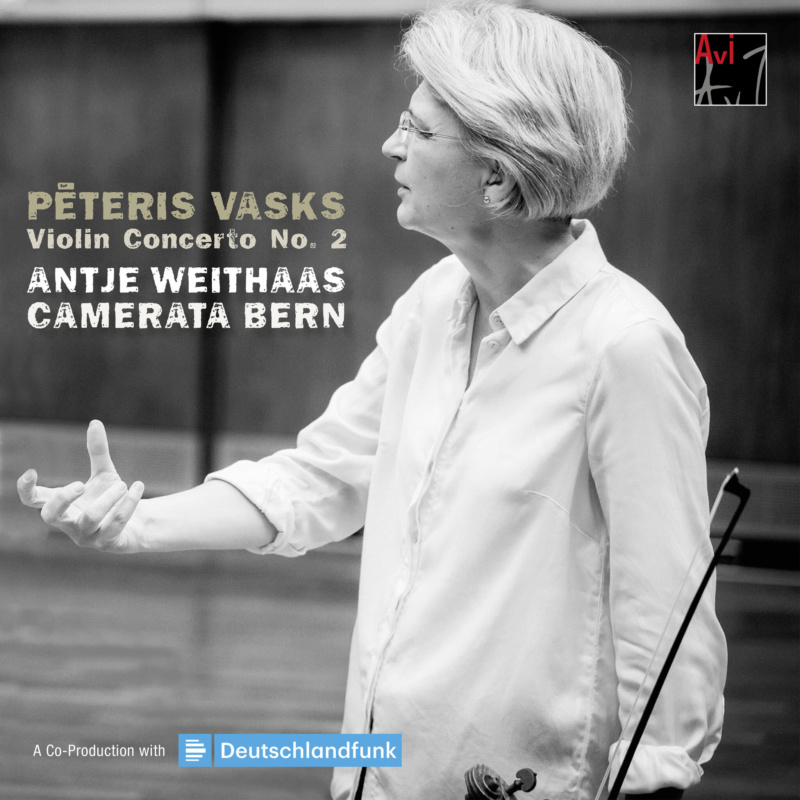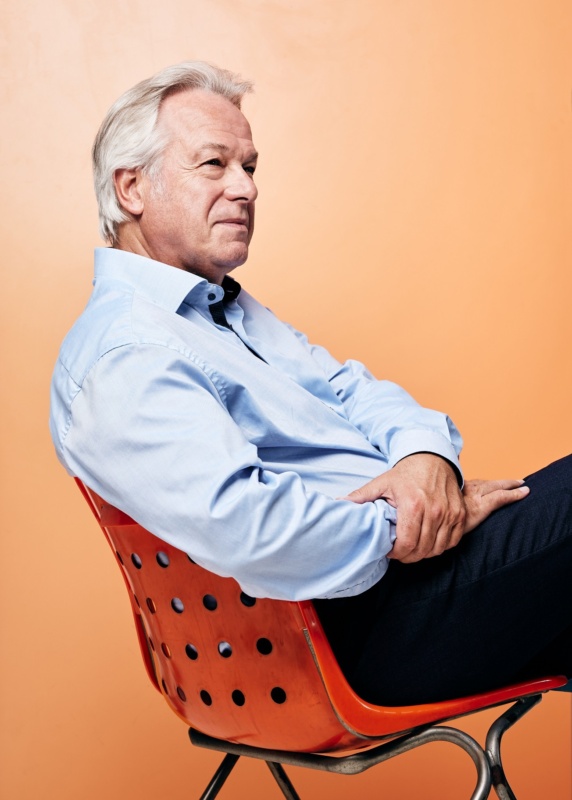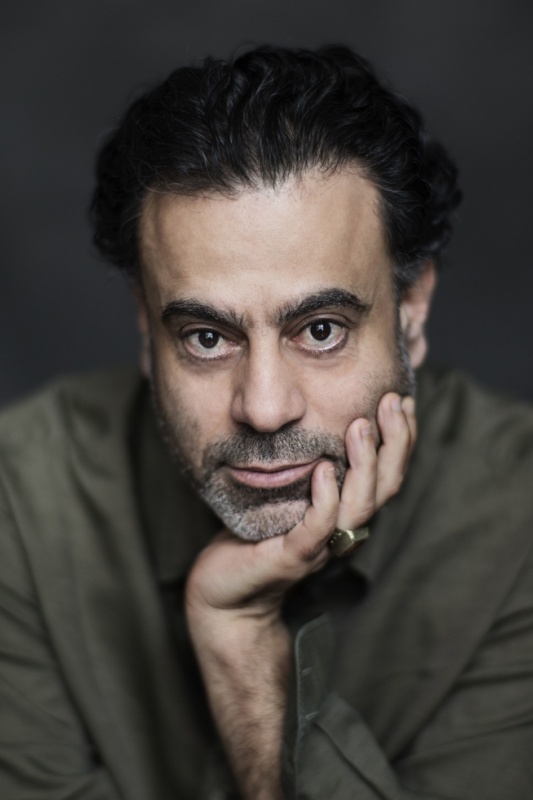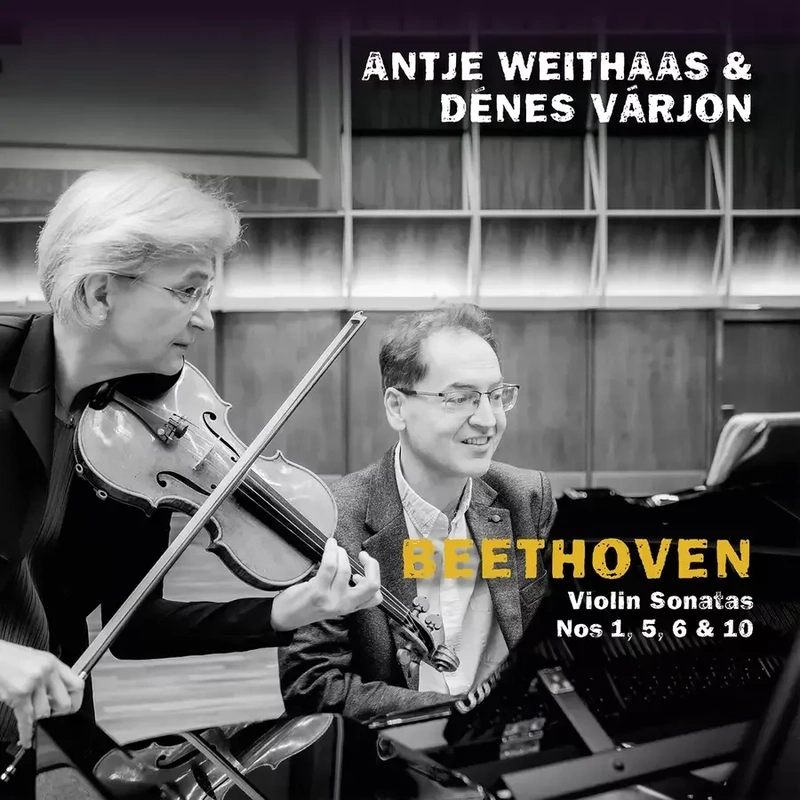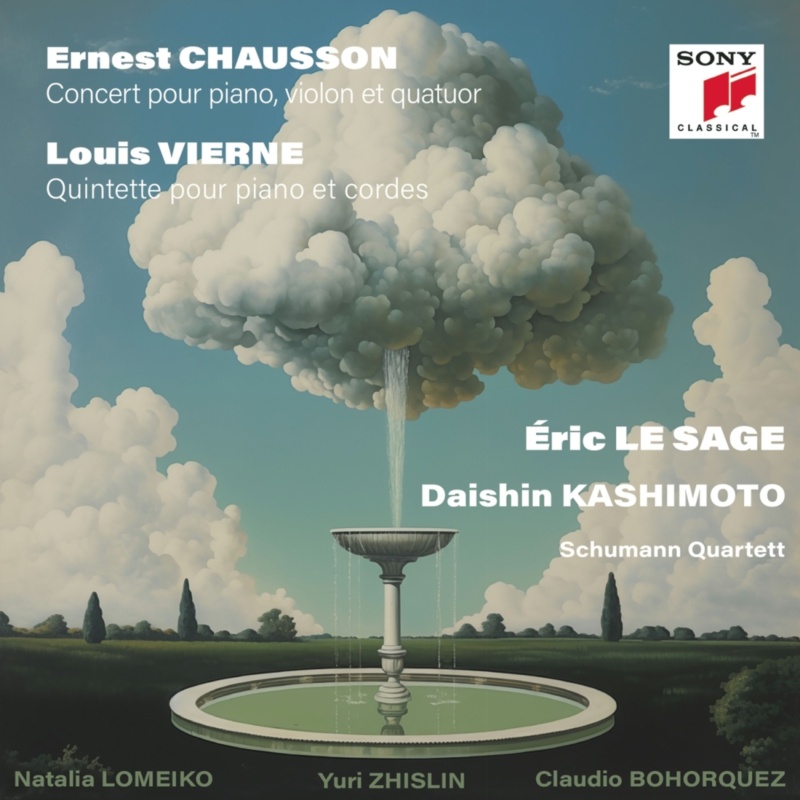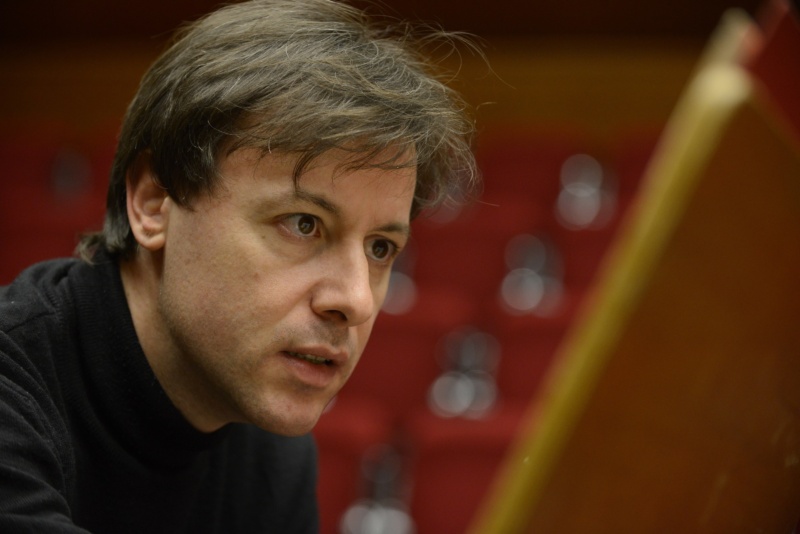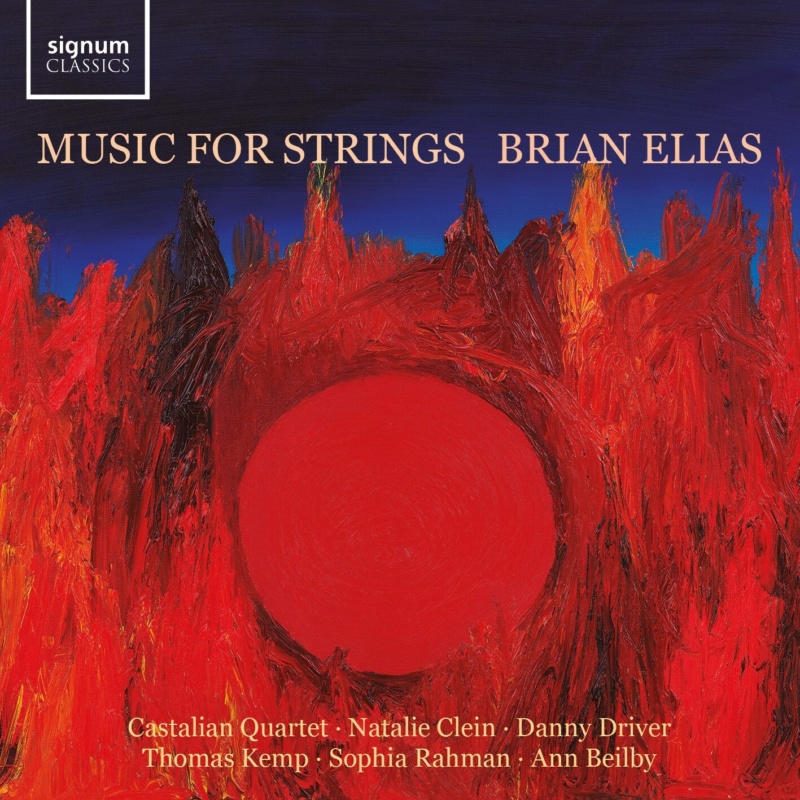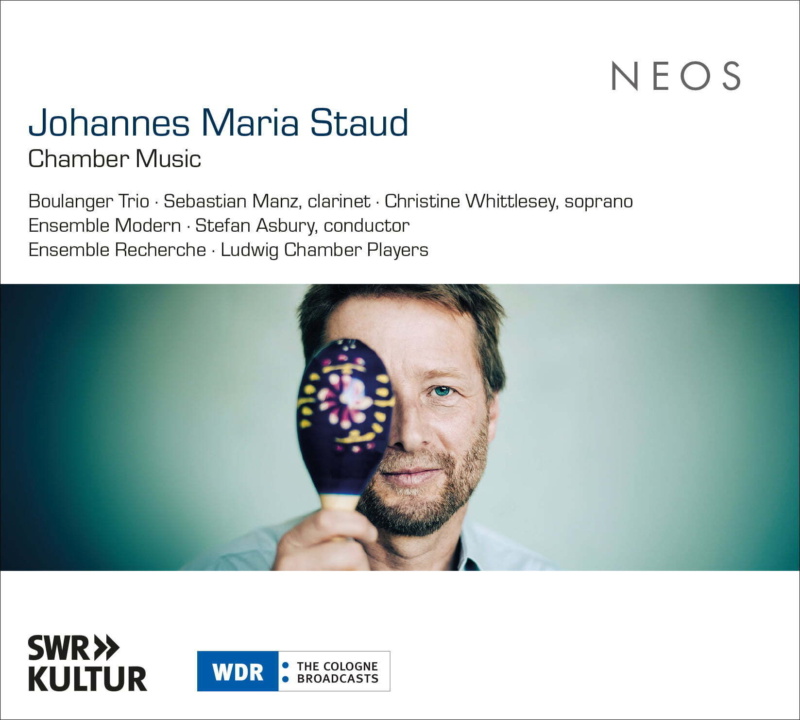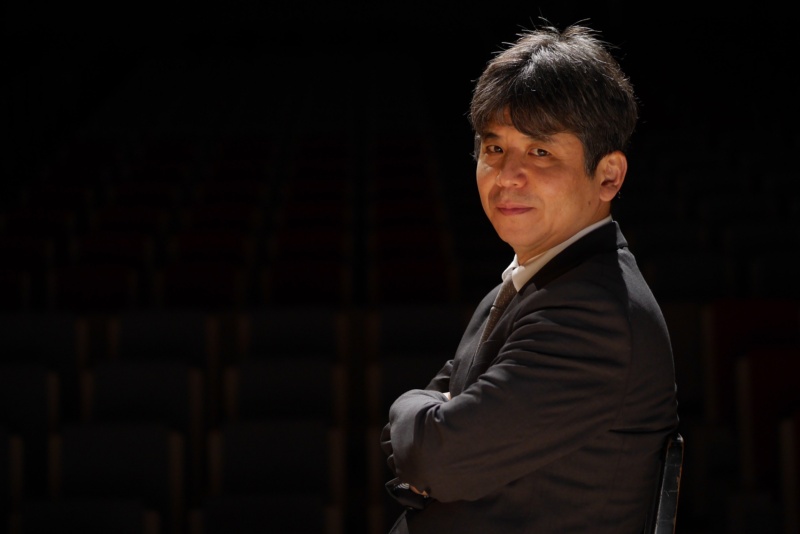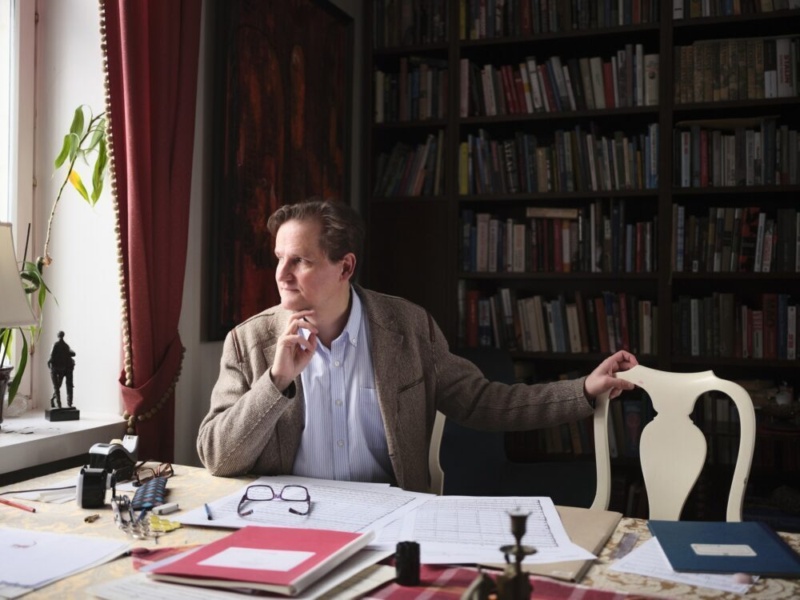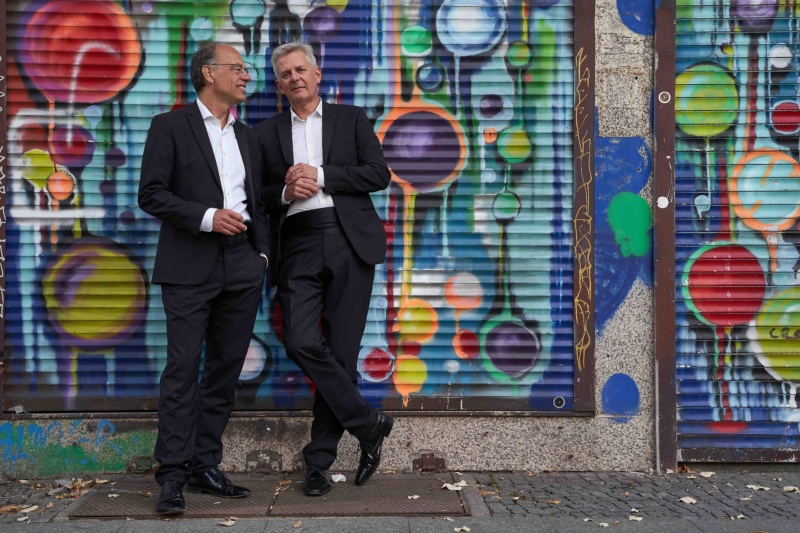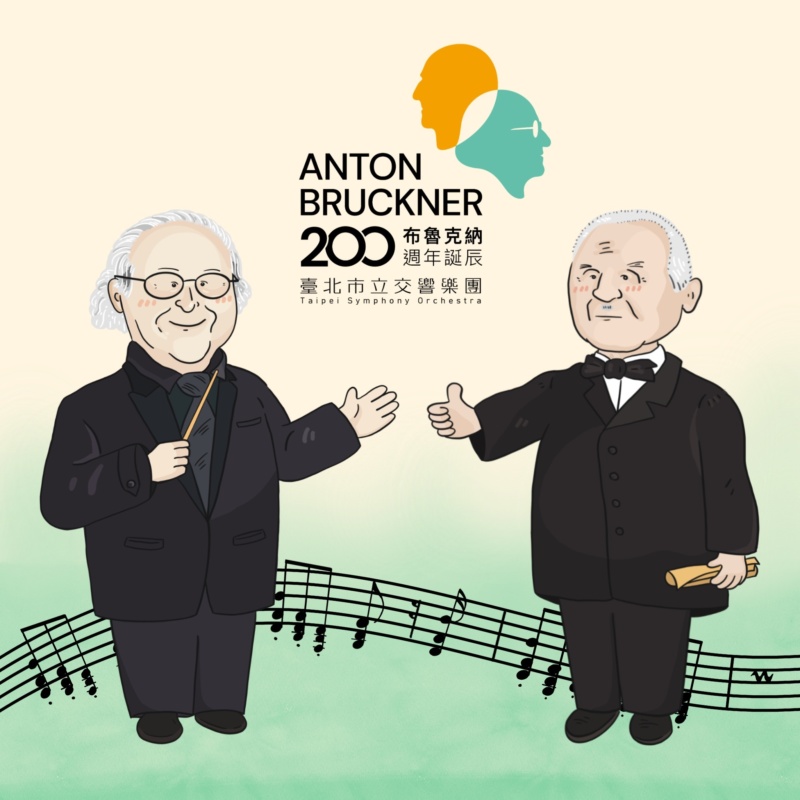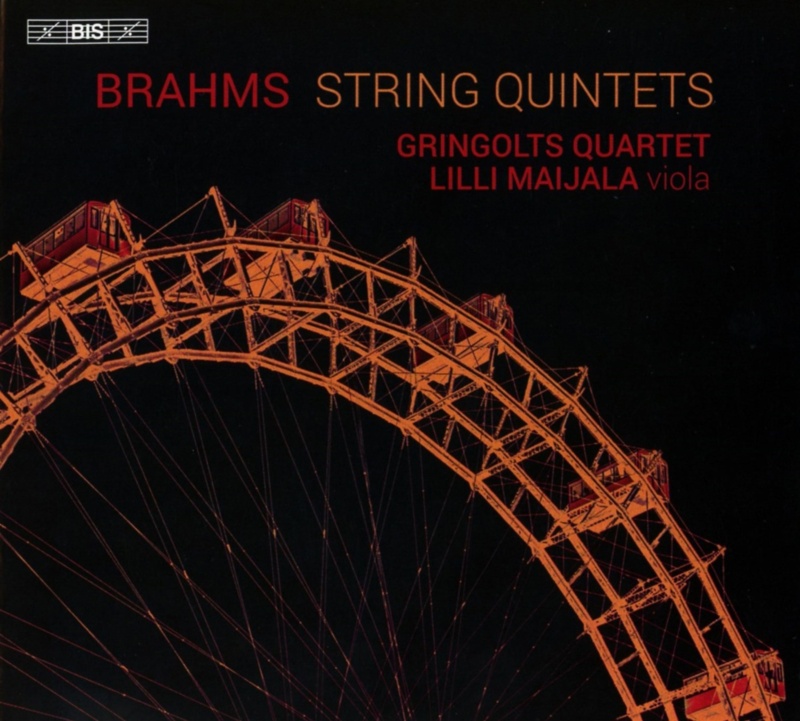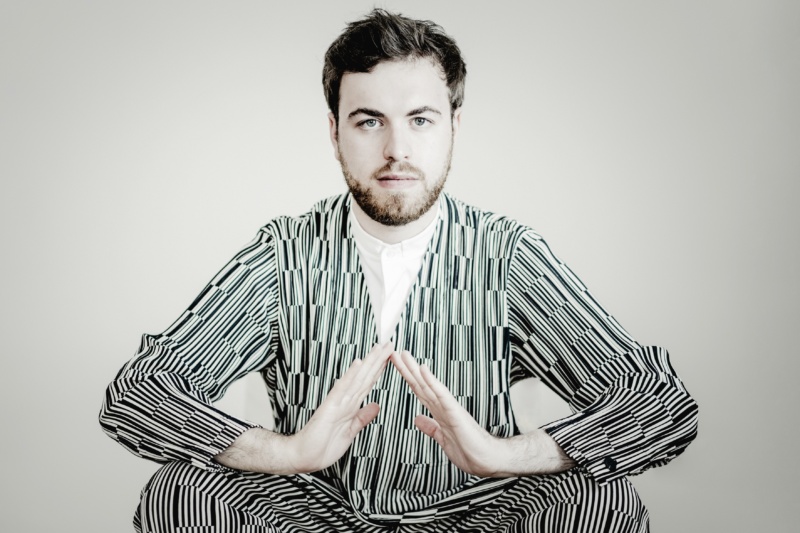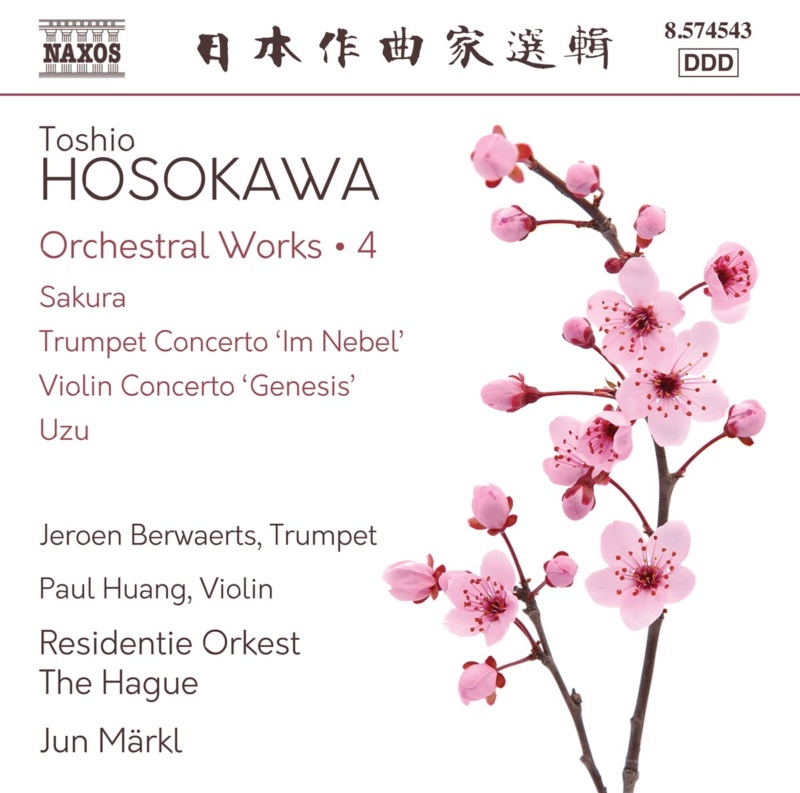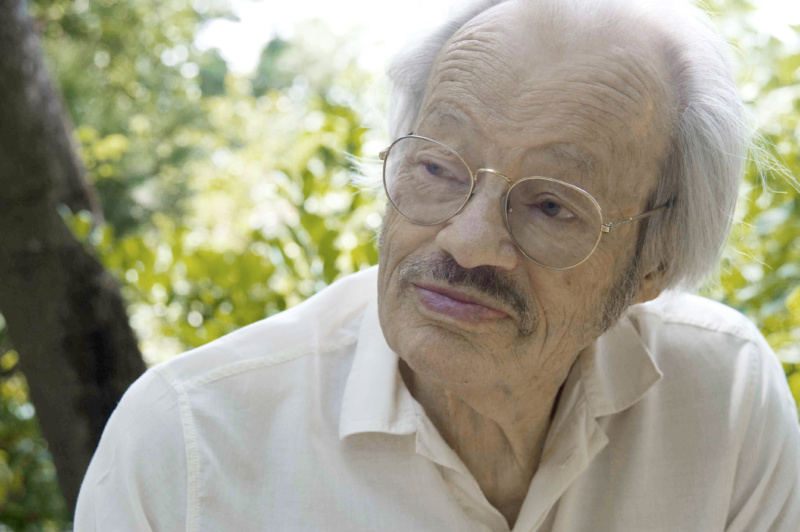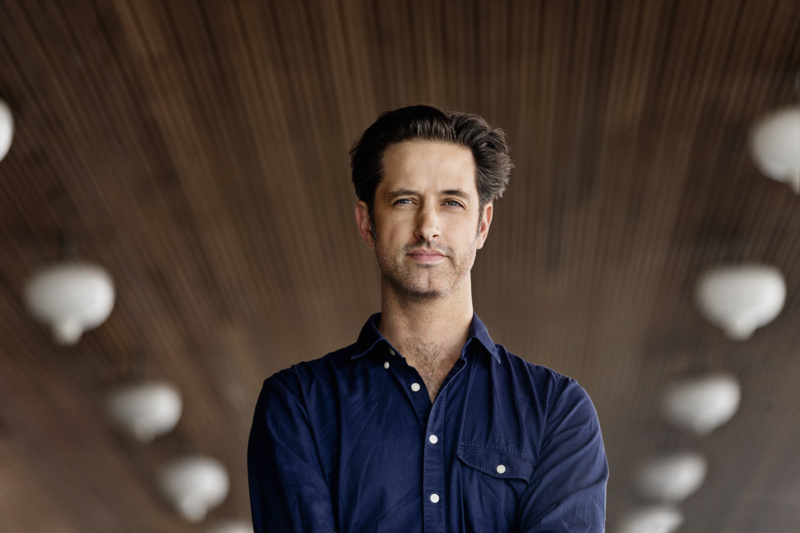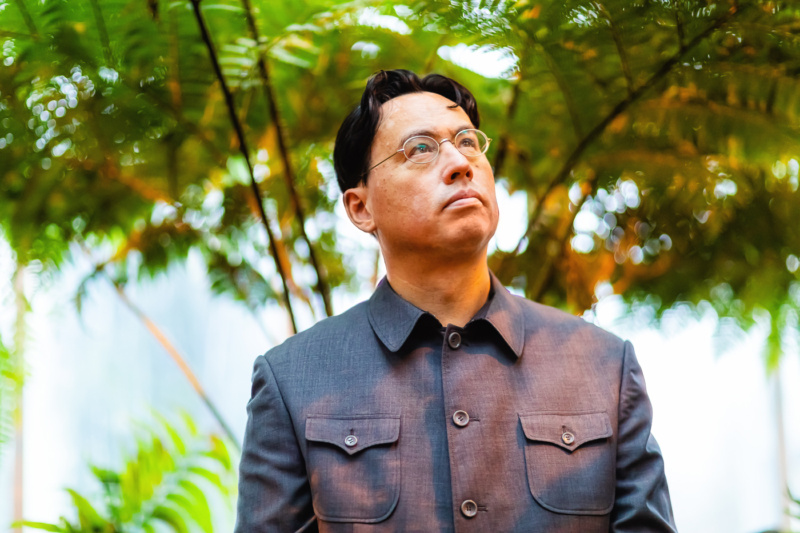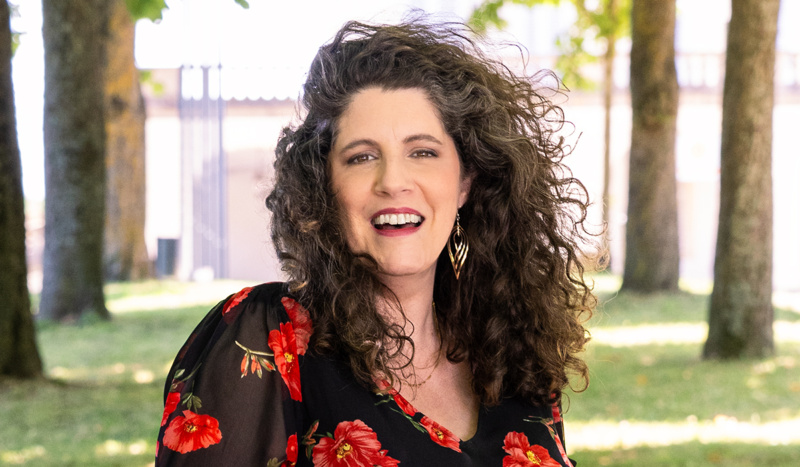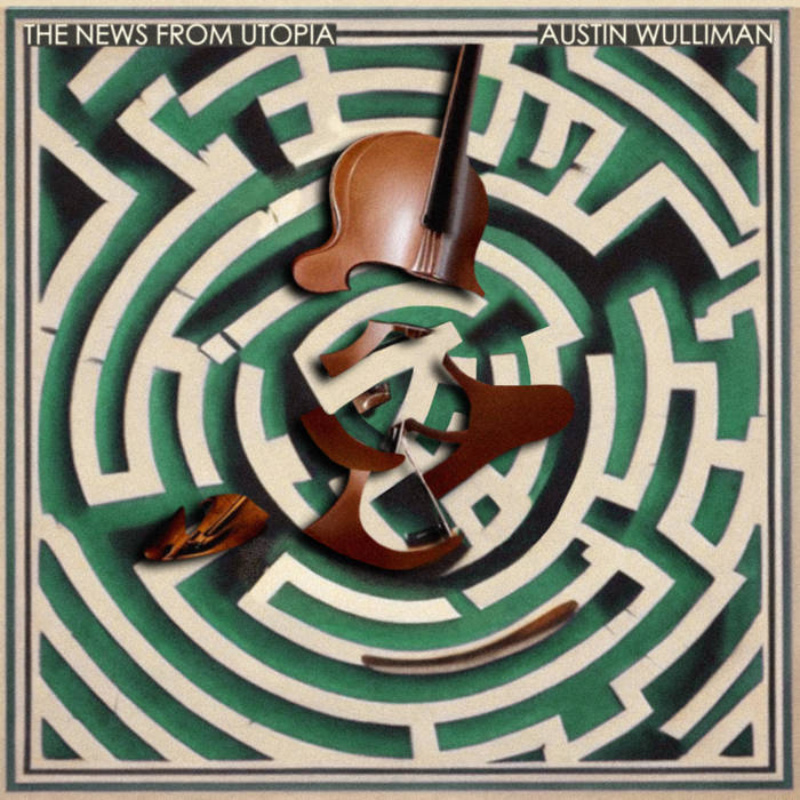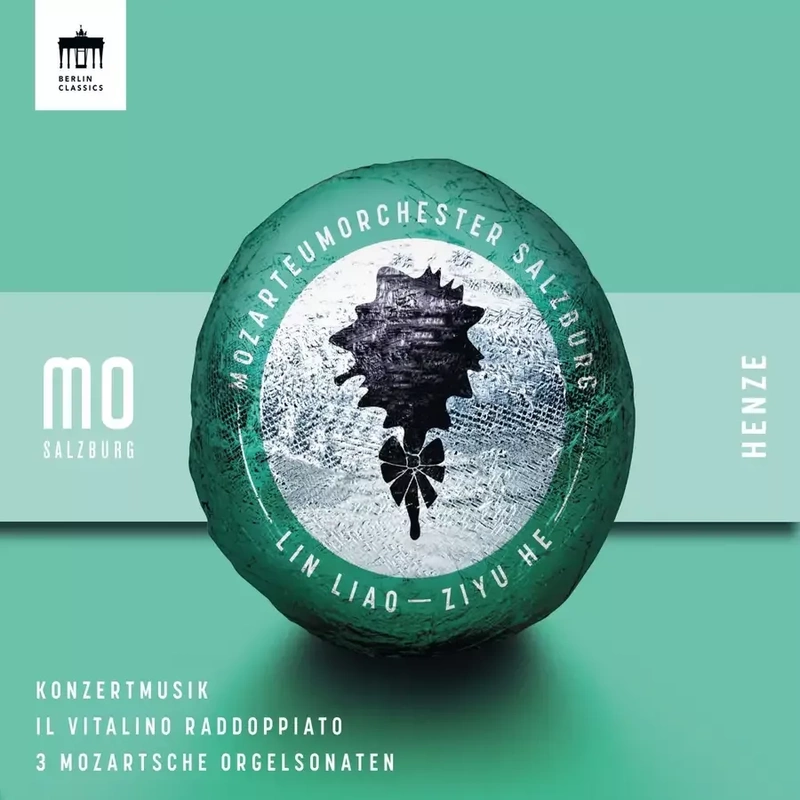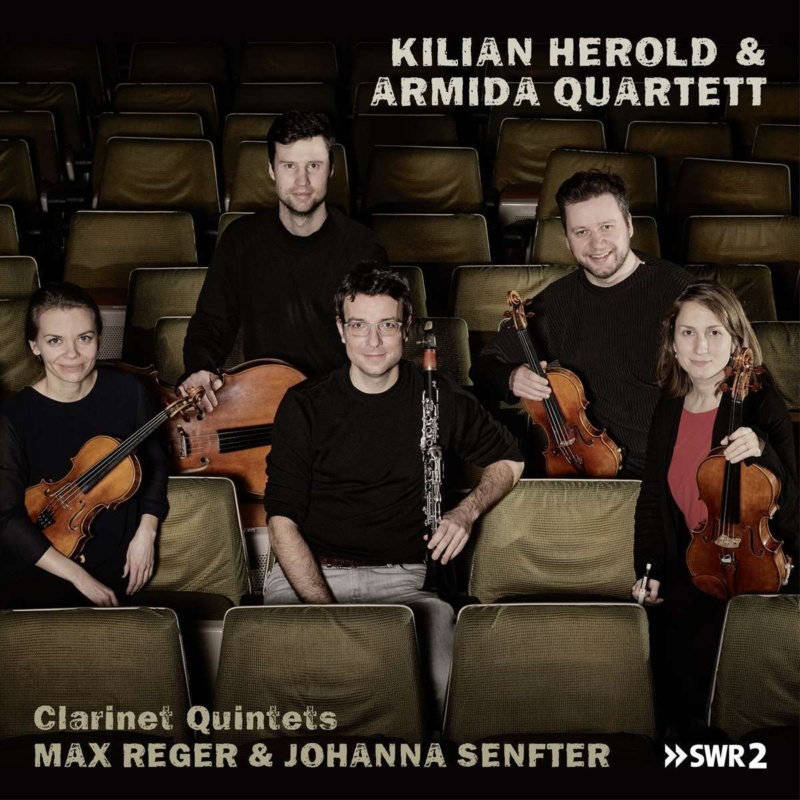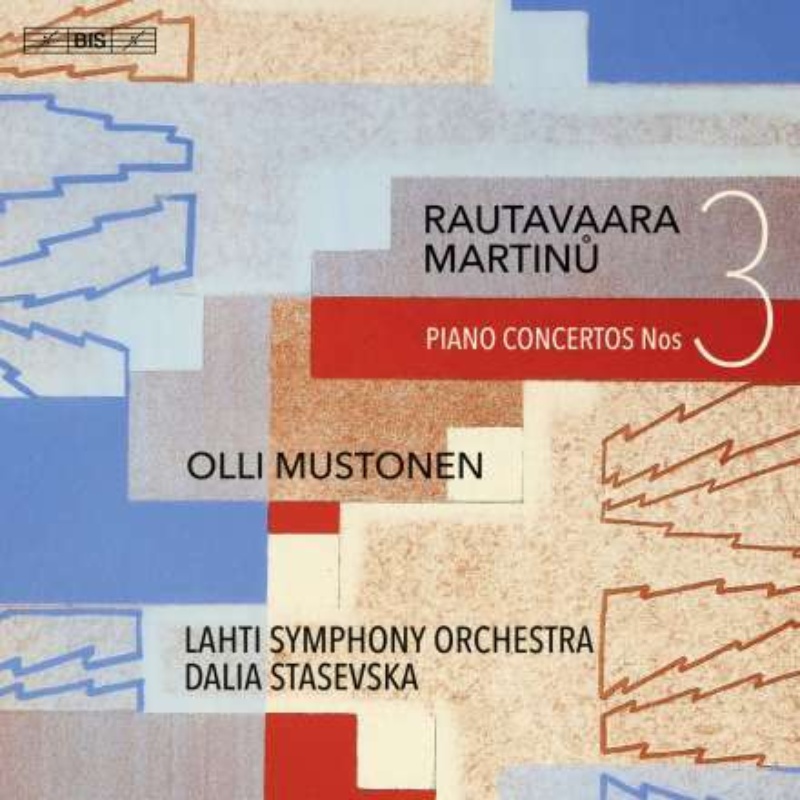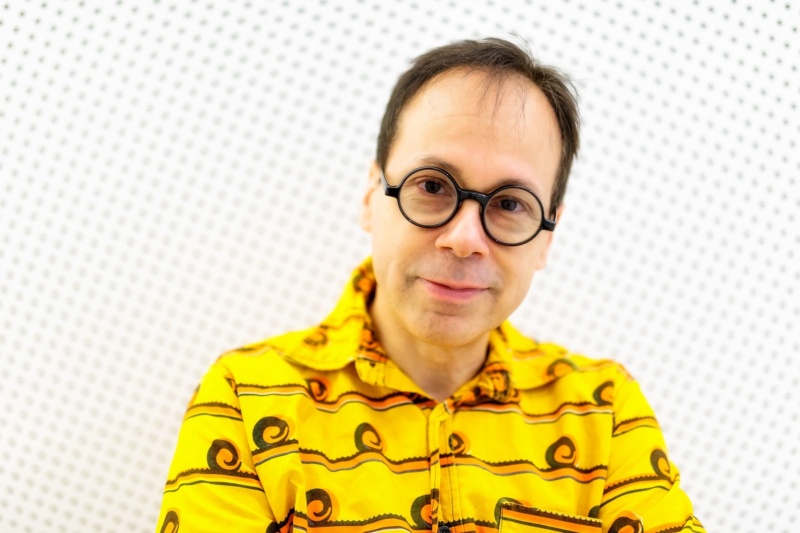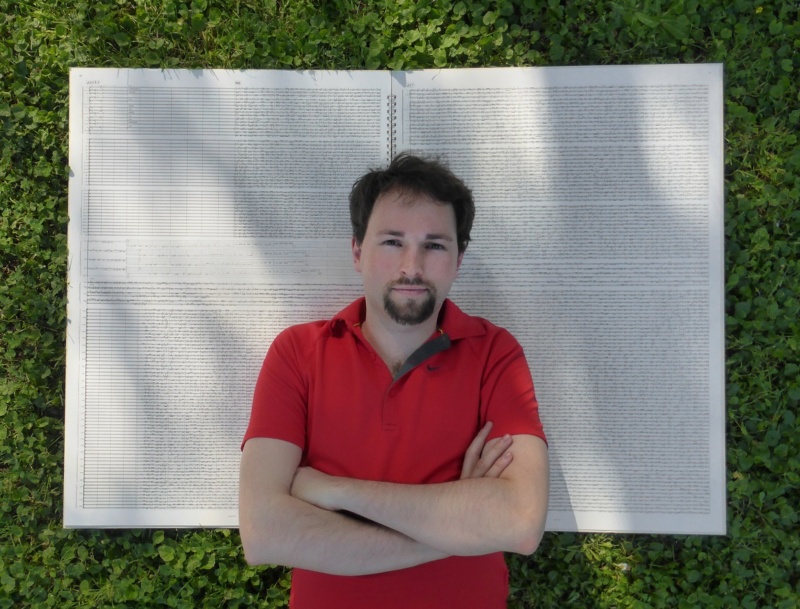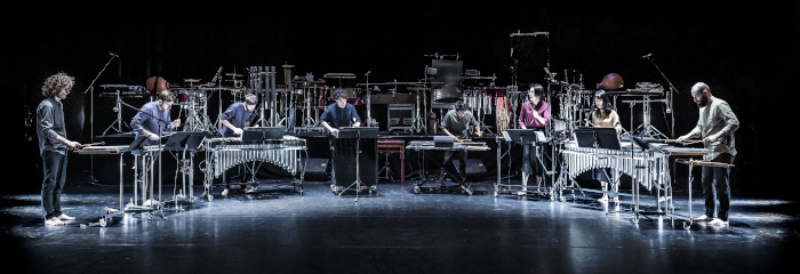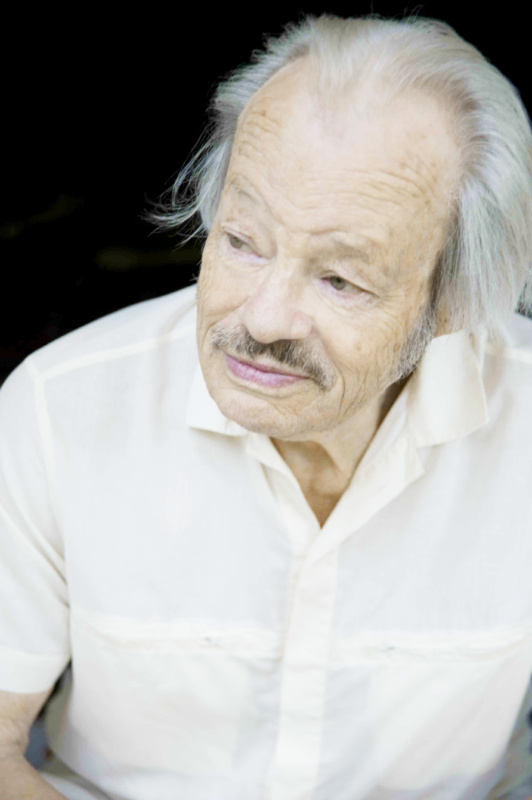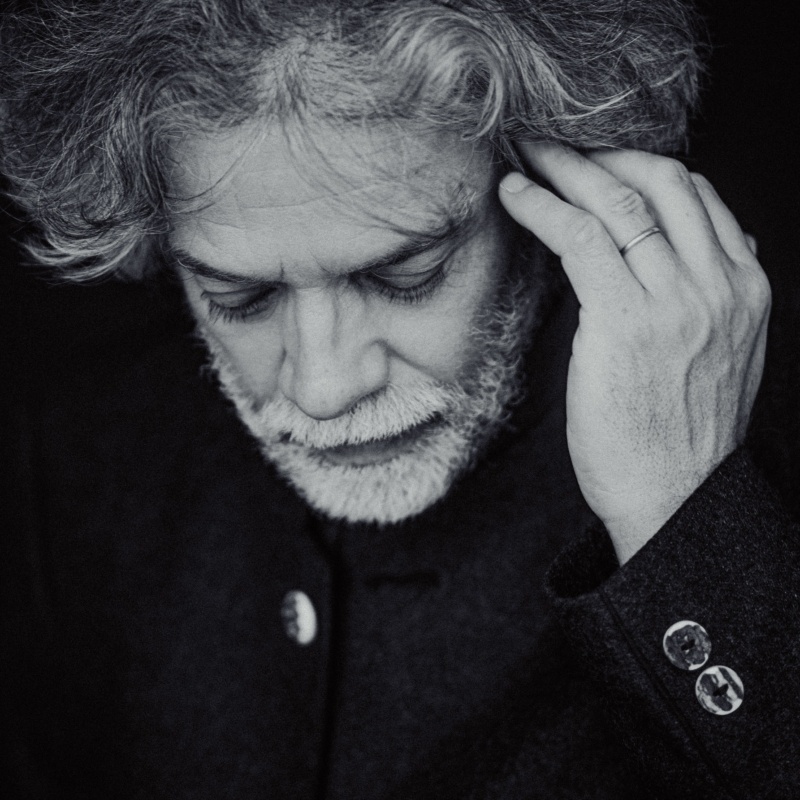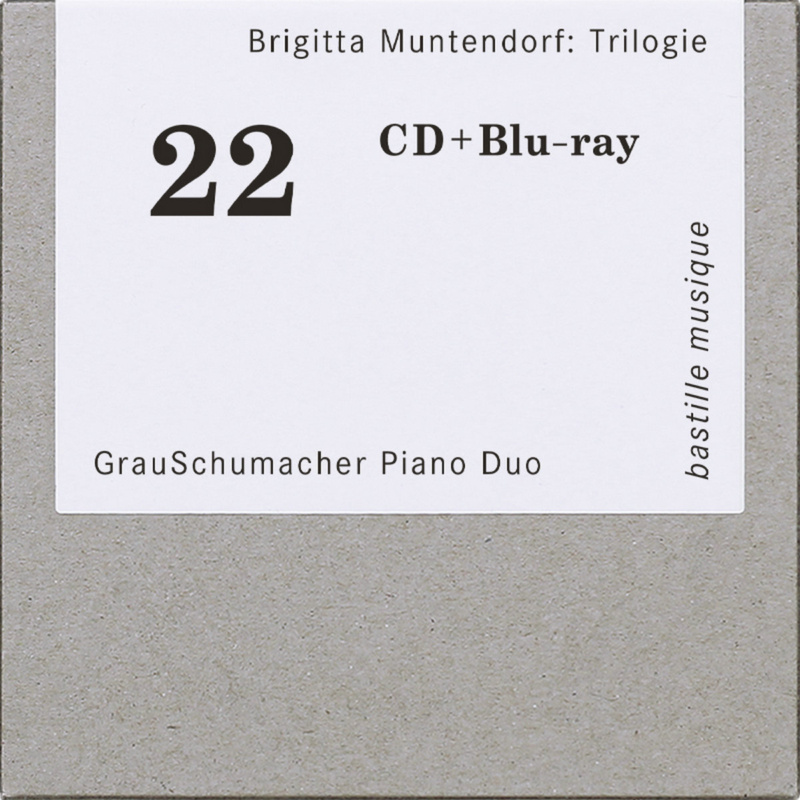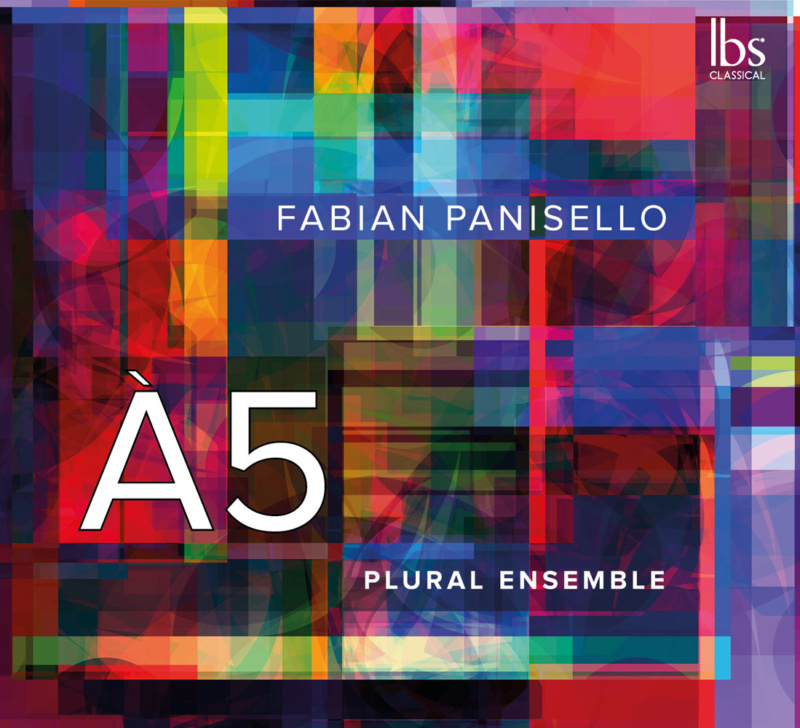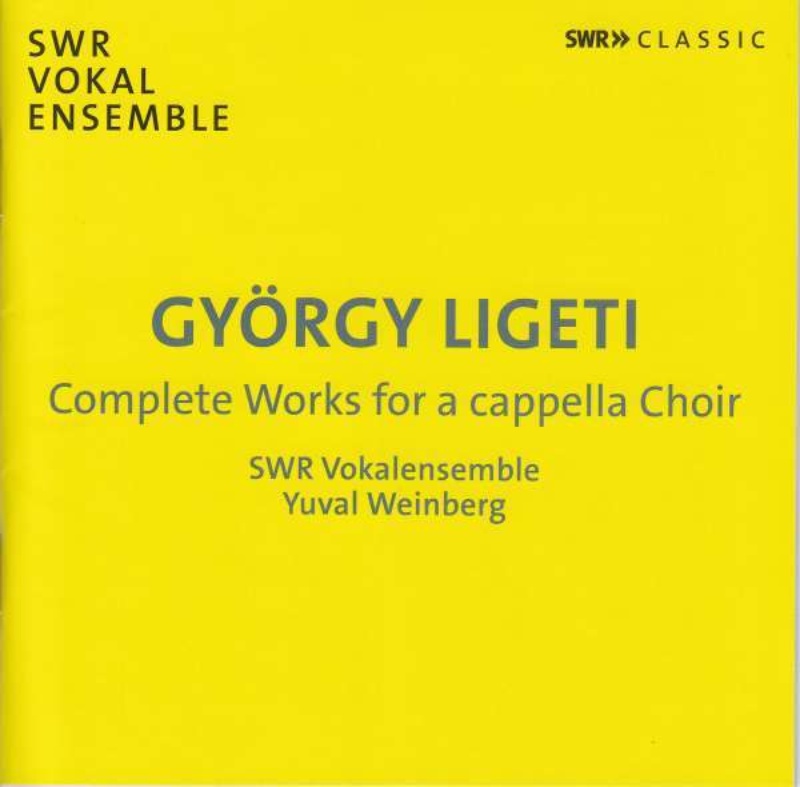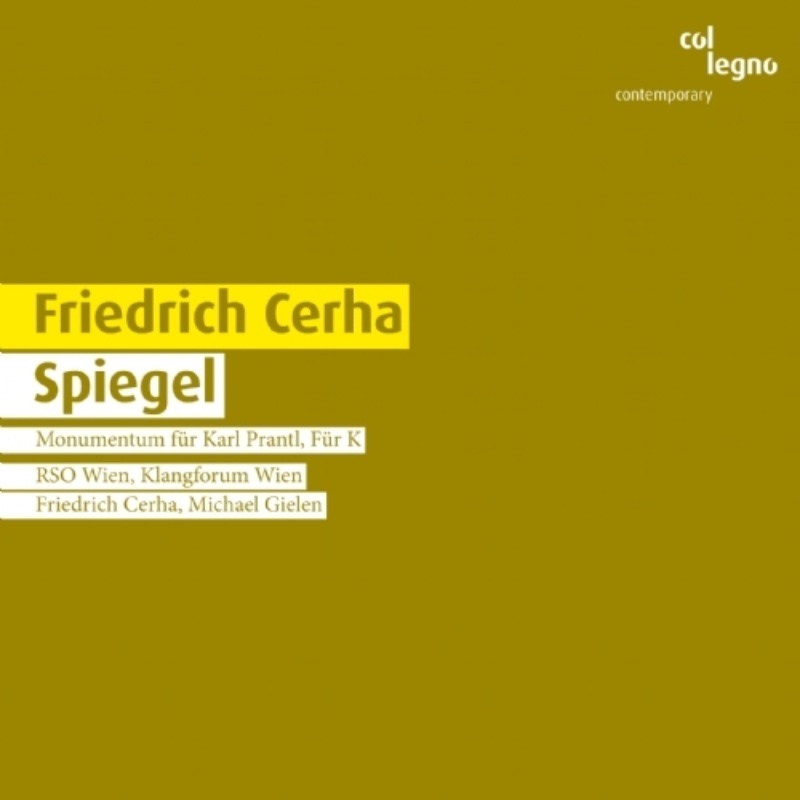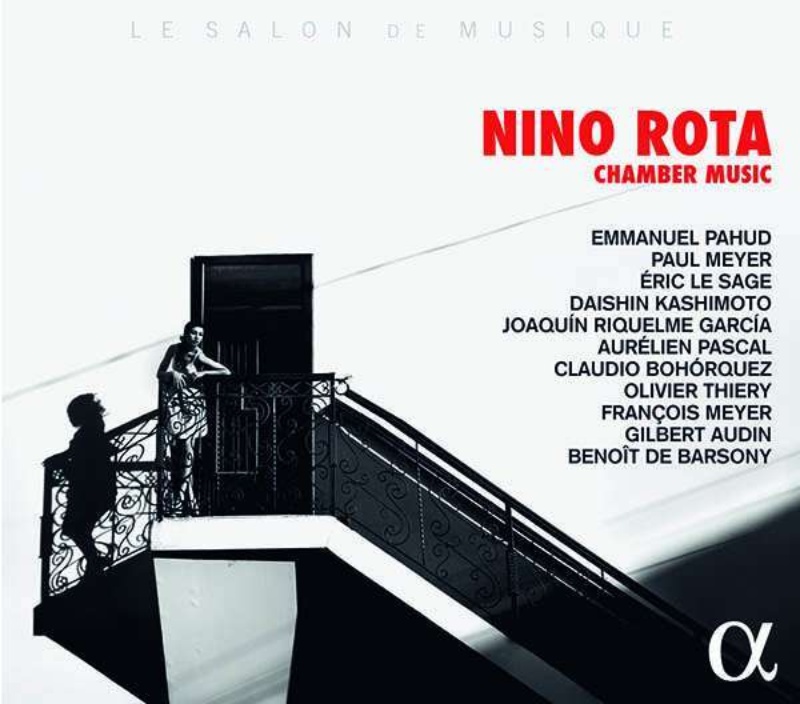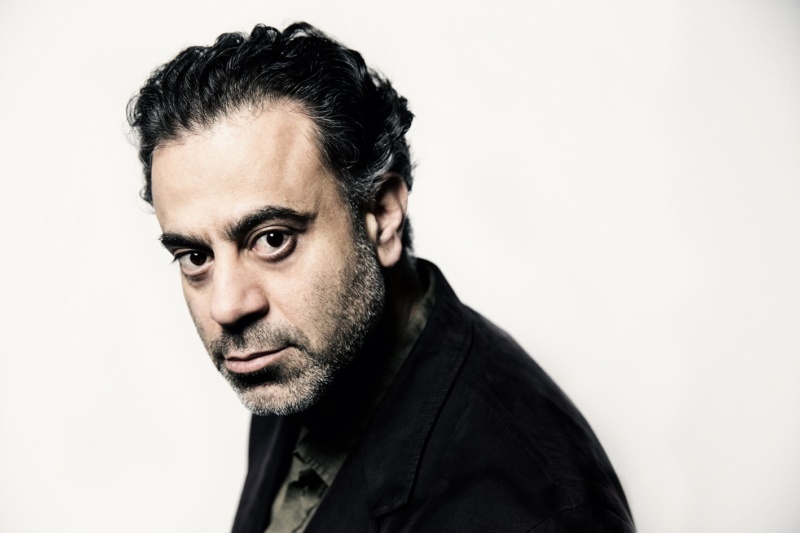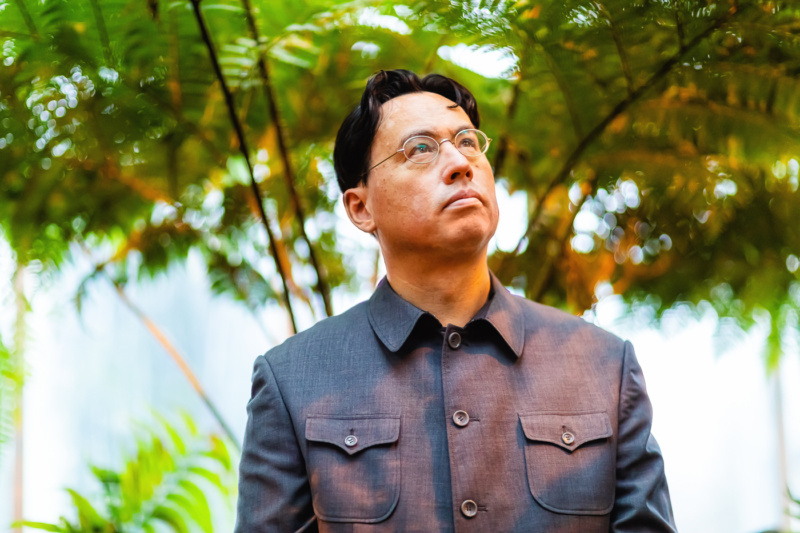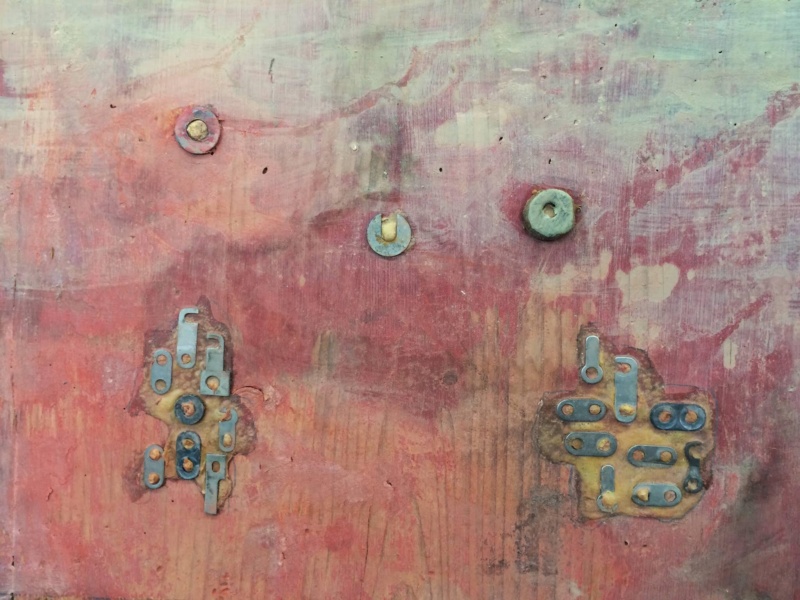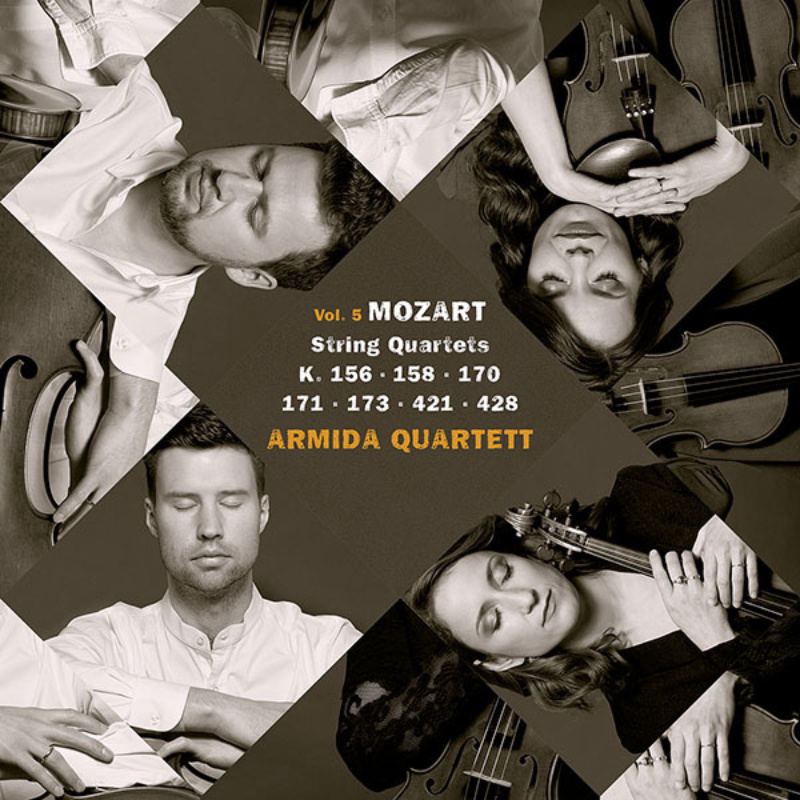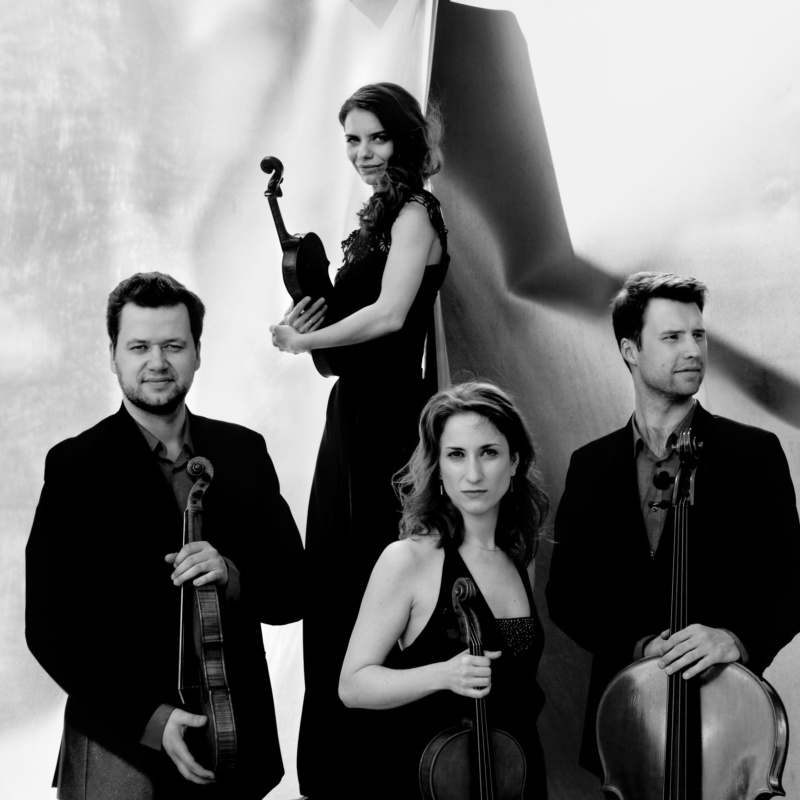Passing the music and composition room, Ming Tsao leads us into the "Berlin Room" for a conversation. Typical of the city's Wilhelminian architecture, the elongated passageway between the front house and the side wing serves as a living room and, with shelves up to the stucco ceiling, a library. The small district of Friedenau, where the flat is located, breathes history – writers such as Erich Kästner, Uwe Johnson, and Günter Grass lived here, as well as Rosa Luxemburg. Joseph Goebbels wrote his hate speeches virtually next door to the resistance, which also had a stronghold here.
Ming Tsao appreciates that history, that tradition – also in terms of music – is palpable at every turn in his adopted country. "The problem with classical music in the United States is that it always remains an artificial construction," he notes as he begins to talk about his own musical background. It started early with violin training, at the instigation of his American mother, whose father was a violinist from Vienna. She had moved to Berkeley, California, with her Chinese husband at a time when their marriage would have been illegal in many other parts of the US. “In high school, I became interested in jazz because these were the really interesting musicians who wanted to talk about music,” he continues. He received his first lessons on the electric bass from the famous fusion guitarist Joe Satriani, who taught in the neighbourhood. “I got to my university, Berklee college of music in Boston, which is well known for jazz. I was there along with some very famous jazz musicians. The Marsalis brothers where there, and I remember being in workshops with them and realizing these guys have been playing jazz since they were so young,” he recalls. “I then moved over to composition. I preferred the length of time that it takes for composition, the slowness where you can think and deliberate.”
As China slowly opened to the West in the early 1980s, Ming Tsao's family travelled to the country more frequently. “I wanted to play Chinese string instruments. My father suggested the Guqin, which, with its complex notation, was historically a scholars’ instrument. We found this famous Guqin player, who was also a mathematics professor. During Cultural Revolution, all these things were forbidden. So he repaired watches because he wanted to practice the finger dexterity. And then once the Cultural Revolution was over, he went back to playing the Guqin.”
The Chinese influences also appeared more and more in Ming Tsao's compositions. “I wanted a more serious engagement and systematic understanding of Chinese music. That’s why I began studying Ethnomusicology at Columbia University in New York. While I was there, I started to take electronic music courses, which were still analogue and included cutting and splicing tape. They had the famous Columbia Princeton Studios there, where composers like Milton Babbitt and Vladimir Ussachevsky developed these techniques. It was very important for me because I was not relying on notation. It was all about sound and dealing with sound in a completely different way than what I had previously learned.”
The young composition student was also influenced by his time in San Diego, where he went at the suggestion of Brian Ferneyhough – his most influential teacher at the time. “I did a summer course with him and that completely reoriented my thinking about what composition could be. Ferneyhough convinced me to begin from zero. My music up to then was very gestural; I then began writing pieces where the material was highly reduced. I wrote noise compositions to get a grasp on extended techniques and rough sounds. These noise-like elements need a more reduced compositional practice, otherwise they sound decorative, or, in comparison to pitch, can get outweighed.”
For Ming Tsao, this remains a fundamental question of his compositional approach: How can one create a dialogue between sound, melody, and other disparate elements? How can there be interaction without creating a hierarchy? Helmut Lachenmann's way is exemplary for him. “Lachenmann’s Gran Torso is highly reduced and with his 3rd string quartet he has enriched the sound language. That takes time and mastery.”
In San Diego, Ming Tsao found the ideal environment for his own development. “People like Chaya Czernowin, Brian Ferneyhough, Philippe Manoury, Roger Reynolds, and George Lewis were all around. This combination of European avant-garde and American experimentalism was great. What we get with American experimentalism is this complete openness where anything is possible. And what we get with the European approach is that what is possible needs to be contextualized with some notion of history and performance practice.”
Both attitudes can be found in Ming Tsao's music today. “In my works, I reach to things that are so disparate from one another and find the compositional space where these things can coexist. For me it’s about creating a context where the crudest noise can coexist with the most beautifully crafted melodies. One piece that demonstrates this is my realization of Stockhausen’s Plus Minus.” The recording of this realization, released in 2017 by Kairos, will soon be followed by a CD on the Neos label with the second arrangement, entitled Plus or Minus. “I don’t mean to sound conservative, but counterpoint is so important. When you put these things in very close counterpoint, they hold each other. And therefore, you defy the notion of hierarchy. Polyphony allows diversity. It allows various voices to come to the surface and interact. For me it is not about the material, but about the listening space we create.”
With the Triode Variations, now being performed in Cologne and subsequently released on CD by the Kairos label, Ming Tsao also pursues a process of dehierarchisation. The compositional strategy of the piece sounds complicated at first. Nevertheless, it does not aim at inaccessibility or aloofness, but at the immediacy of experience. The basis is Schoenberg's Variations for Orchestra, which is defamiliarized according to the model of electronic triodes and overlaid with the metric and rhythmic structure of a poem by J. H. Prynne. “Schoenberg’s work destabilizes things. It’s already a leap away to what is possible. But some aspects maintain coherence. He writes the position of a listening subject into the music. And there is the late Romantic gesture, with its rhythm, its phrasing, already criticised by Boulez. Despite the reach in the variations, Schoenberg still gives us a centre point where we can appreciate the work as listeners. My perspective is: What if that centre point is not possible? What if we were part of a much more complex world without anchors from which we can find ways to interpret things. For me, that is the materialist project: to remove the anchors that allow us to interpret. Because interpretation keeps us from experiencing the music directly. Without them our senses are sharpened and we see the richness of reality."
“With Schoenberg, the central subject is created through emotion; with Lachenmann, it is created through a sensuality of sound," Ming Tsao continues. "I don't have the luxury of writing such subjects into the music – I have one foot outside these traditions anyway because of my Chinese heritage, and in the States you are already far removed from it. I can only grasp it through some other means.”
That one foot through the door to Chinese culture certainly serves him as a bridge into another form of expressivity. “Expression in Chinese music is different, not so subjectively shaped. For me, there is a connection to Brecht's Verfremdungseffekt, which he actually developed through his encounter with Chinese culture and Chinese opera. It's not about emoting or empathising with a character, but about presentation and quotation.”
The composer is currently writing a multi-layered opera based on a libretto for multiple voices, in which Bertolt Brecht also plays a role. In this work – which will be premiered in 2024 – many of the things that already manifest themselves in his work will come together. It’s another step in Ming Tsao's “materialist project”, about which he says: "When we stop forcing the material into the logic of our associations, we see things as they present themselves to us. For me, this has a political dimension: it makes the listeners engage with the world more openly."
Nina Rohlfs, May 2022
Translation: Elizabeth Pilon
